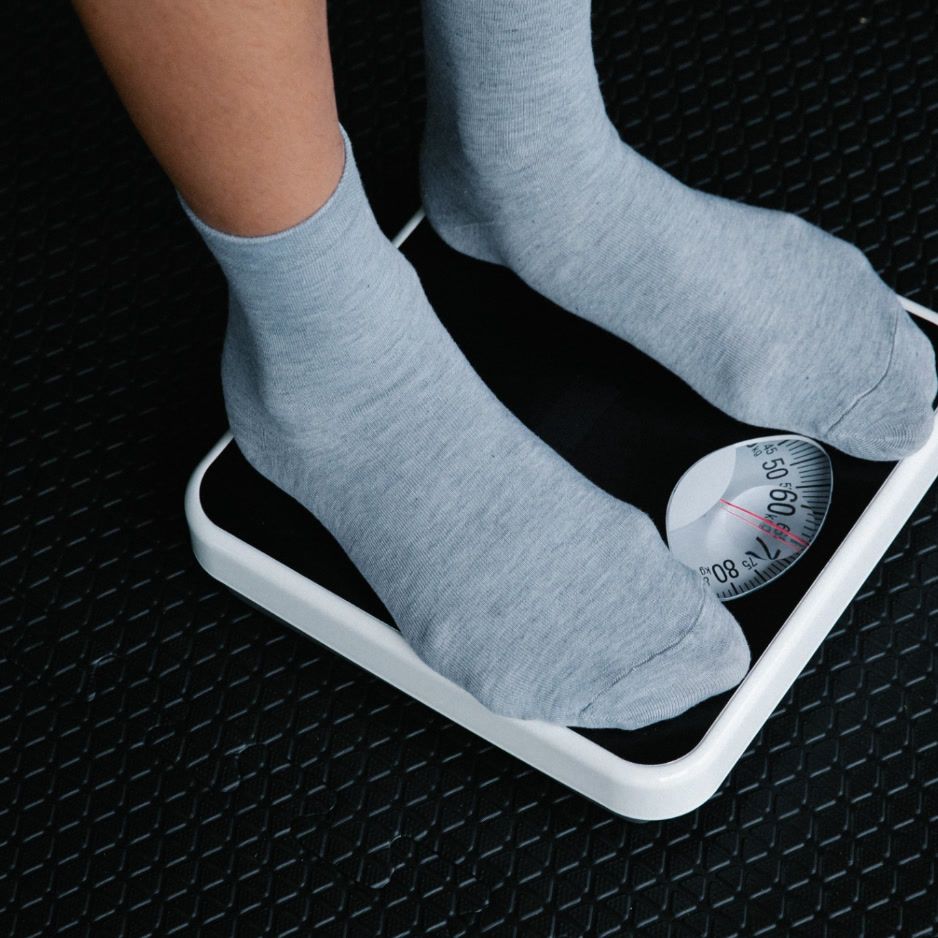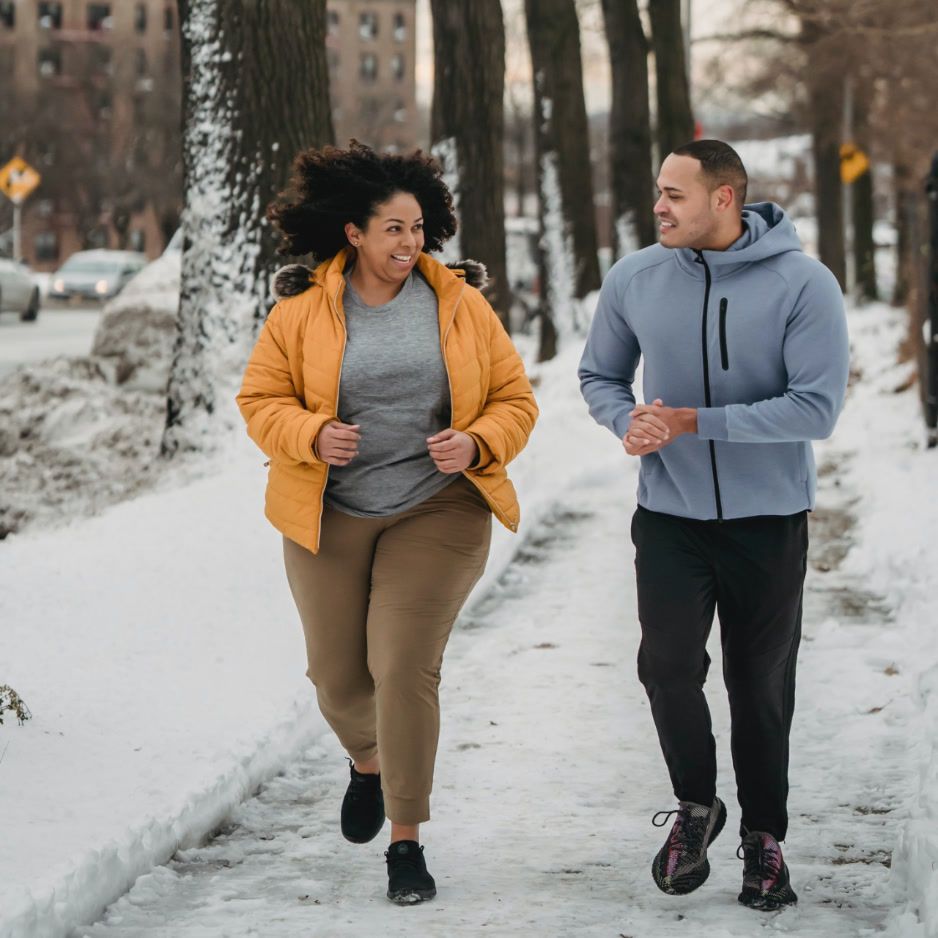Comparing Visceral and Subcutaneous Fat: Pictures and Explanations

Comparing Visceral and Subcutaneous Fat: Pictures and Explanations
Hey there! Today, we're going on a fantastic journey into the world of fat. Let's get to know our adipose tissue a little better, shall we?
Get weekly updates.
Understanding Body Fat: An Overview
Now, let's not be too quick to judge fat, my friends. It may have gotten a bad rap in the world of fad diets and fitness crazes, but the truth is, fat plays a vital role in our bodies. Yes, you heard that right! Fat is more than just a cushion for your organs.
Our bodies are like masterpieces, composed of beautiful symphonies of different types of fat. We have subcutaneous fat, and then, we have the star of our show today, visceral fat. So, let's grab our glasses and explore these two types of fat!
The Role of Fat in the Human Body
Before we dive into the specifics, let's take a moment to appreciate all the work fat does for us. Fat is not just a lazy lump hanging around; it's an active participant in maintaining our body temperature, cushioning our organs, and providing a source of energy. It's like your personal superhero, protecting you from bumps, chills, and hangry meltdowns!
Imagine a chilly winter day. Without fat, you'd be shivering uncontrollably, desperately trying to warm up. But thanks to the insulating properties of fat, your body stays cozy and warm, like a snug blanket wrapped around you. Fat acts as a natural thermostat, helping to regulate your body temperature and keep you comfortable.
Now, let's talk about organ protection. Your organs are like precious gems, and fat acts as their bodyguard. It forms a protective layer around your organs, cushioning them from any sudden impacts or injuries. So, the next time you accidentally bump into something, remember that your trusty fat is there, absorbing the shock and keeping your organs safe.
But wait, there's more! Fat also serves as a source of energy for your body. It's like a backup generator, ready to power you through those long days and intense workouts. When you consume more calories than your body needs, it stores the excess energy as fat. Later on, when you need an extra boost, your body taps into these fat stores and converts them into usable energy. So, fat is not just a passive bystander; it's an active participant in keeping you energized and fueled.
Different Types of Body Fat
Now let's turn our attention to the different types of fat that grace our bodies. Ladies and gentlemen, I present to you subcutaneous fat and its high-profile counterpart – visceral fat! These two have been playing a never-ending game of hide-and-seek inside us, and today, we're going to discover what's been hiding.
Subcutaneous fat, as the name suggests, is located just beneath the skin. It's the fat you can pinch and feel when you give yourself a gentle squeeze. This type of fat acts as a protective cushion, providing insulation and helping to regulate body temperature. It also serves as a reserve of energy, ready to be utilized when needed.
On the other hand, we have visceral fat, which resides deep within the abdominal cavity, surrounding vital organs such as the liver, pancreas, and intestines. Unlike its subcutaneous counterpart, visceral fat is not easily visible or palpable. It's like a stealthy ninja, silently infiltrating your body and wreaking havoc from within.
Visceral fat is known to be more metabolically active than subcutaneous fat. It secretes various hormones and chemicals that can have a significant impact on your overall health. Excessive accumulation of visceral fat has been linked to an increased risk of developing chronic conditions such as heart disease, type 2 diabetes, and certain cancers.
So, while both subcutaneous and visceral fat have their roles to play, it's essential to keep an eye on the amount of visceral fat in your body. Maintaining a healthy balance between the two is crucial for overall well-being.
What is Visceral Fat?
Ah, visceral fat, the ninja of the fat world. This secret agent lurks beneath the surface, quietly surrounding our organs like a swanky, mysterious cloak. It's like James Bond in a tuxedo...if James Bond wore a tuxedo made entirely out of lipids!
The Location and Function of Visceral Fat
Visceral fat sets up camp deep within our bellies, cozied up against our organs. It's like a sneaky roommate, making itself at home without even cleaning up after itself. Rude, right? But guess what, my friends? Visceral fat isn't just about hogging the prime real estate in our bodies; it also produces hormones and chemicals that mess around with our metabolic balance.
The Health Risks Associated with Visceral Fat
Now, picture this: you're at a buffet, and there are two options. On one side, you have a juicy, tender steak. On the other side, a not-so-appetizing plate of potential health issues. Well, my friends, that plate of health issues represents the risks that come with excessive visceral fat. Oh boy, we're talking about increased chances of heart disease, diabetes, and even certain types of cancer. Visceral fat is like that unwelcome relative who overstays their welcome and starts causing all sorts of chaos!
What is Subcutaneous Fat?
If visceral fat is like a secret agent, then subcutaneous fat is the extroverted neighbor who waves at you every time you step out of your house. This jiggly friend of ours is not quite as mysterious, but still has a role to play.
The Location and Function of Subcutaneous Fat
Subcutaneous fat, my friends, is the charming layer that sits right beneath our skin, bringing those curves and dimples that make us uniquely human. It's like that lovable extra layer of cushioning that hugs our bodies, reminding us that we're all a little squishy on the inside.
The Health Risks Associated with Subcutaneous Fat
Now, don't go thinking that subcutaneous fat is all fluff and no substance. While it may not be as dangerous as its ninja cousin, excessive subcutaneous fat can still lead to health issues. Carrying a little extra love in the form of subcutaneous fat can increase your chances of joint problems and sleep apnea. So, remember folks, sometimes even love handles can get a little dicey!
Comparing Visceral and Subcutaneous Fat
Now that we've met our contenders, let's roll out the red carpet and put them face-to-face in this epic battle of the bulge.
Differences in Appearance: Pictures and Descriptions
So, you've probably been wondering, "What's the difference between these two fat types?", right? Well, my inquisitive friends, let me break it down for you. Visually, you can't spot these two sides of fat by just looking in the mirror. But don't worry, we've got some fancy diagrams and pictures to help you unveil the hidden secrets of these two little rascals.

Comparing the Health Implications
Let's face it, we all want to know which fat is more likely to cause problems and wreak havoc on our health. Well, grab the popcorn and lean in because we're about to reveal the winner. (Drumroll please.) While both types of fat can cause health issues, visceral fat takes the gold medal in the "Silent Saboteur" category. So, if you're looking for someone to blame, you know who to point your finger at!
How to Measure Visceral and Subcutaneous Fat
Okay, folks, it's time to get a bit technical. If you want to dive deep and get the inside scoop on your visceral and subcutaneous fat, there are a couple of fancy ways to do it. No, we're not talking about getting a magic crystal ball or chanting secret incantations (though that would be pretty cool). We're talking about medical imaging techniques and, for those of you who prefer staying in your PJs, at-home measurement methods.
Medical Imaging Techniques
Let's kick it old school with some medical imaging techniques. We're talking MRIs, CT scans, and even the delightful DEXA scan. These peeks inside your body will give you a fascinating look at how much fat you're dealing with. It's like giving your body fat a starring role in its very own medical drama. Cue the slow-motion camera and dramatic background music!
At-Home Measurement Methods
Now, for those of you who prefer the comfort of your own home, fear not! There are at-home measurement methods that can give you some insight into your fat composition. From caliper tests to waist-to-hip ratios, these DIY tactics will make you feel like a scientist in your very own lab. Safety goggles and lab coat optional!
Well, my fellow fat appreciaters, we've reached the end of our epic fat-filled journey. We've seen the best and worst of visceral and subcutaneous fat. But before we part ways, allow me to enlighten you about the wonders of BodySpec's affordable DEXA scans. With their scans, you can track your body fat, muscle mass, and bone health over time. It's like having your very own backstage pass to the symphony of your body composition! So, why wait? Uncover the secrets of your fat and join the BodySpec squad today!


